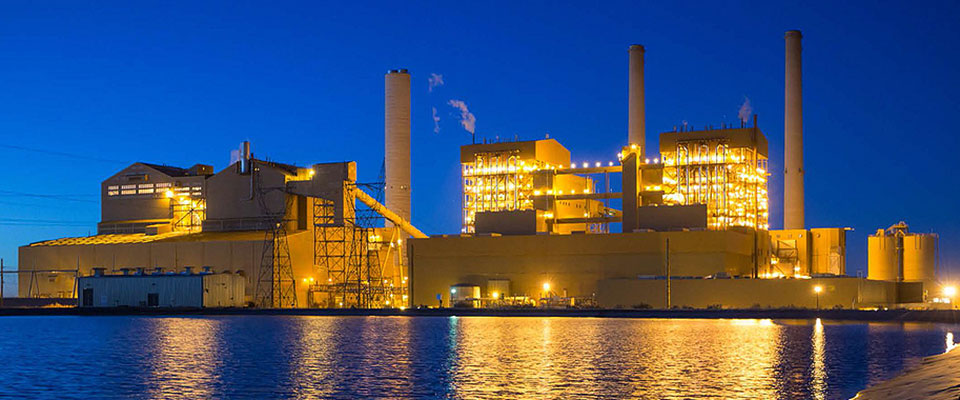
TEP Converting Springerville Units to Natural Gas
Saving Costs, Managing Emissions and Supporting Jobs
Tucson Electric Power (TEP) plans to convert two units at the coal-fired Springerville Generating Station (SGS) to run on natural gas by 2030. The project will maintain access to affordable, around-the-clock energy for existing customers while reducing carbon emissions and preserving local jobs.
“Our SGS conversion project will extend the life of a plant that has powered Tucson’s growth for more than four decades,” said Susan Gray, TEP’s President and CEO. “It will help us provide reliable, affordable, and increasingly sustainable service while extending our productive partnership with White Mountains communities.”
Cost-Effective Capacity
The conversion will cost less than building new resources to replace the coal-fired units, which together can produce about 800 megawatts (MW).
A natural gas conversion also will provide greater cost certainty compared to the continued use of coal. TEP’s 2023 Integrated Resource Plan called for the retirement of SGS Units 1 and 2 in 2027 and 2032, respectively, due to rising fuel costs, increasing delivery risks, anticipated mine closures, and environmental considerations and regulation. Although current federal policy is supportive of coal-fired generation, those long-term risks remain.
Natural gas-fired generators provide advantages over coal-fired power plants on today’s energy grid, as they can better accommodate and support increasing levels of intermittent wind and solar power. Coal plants are designed to operate at steady levels and cannot easily ramp up or down in response to customer needs and renewable energy output.
Lower Carbon Emissions
Because the natural gas conversion will reduce the units' carbon dioxide emissions by about 40 percent, the plan will support TEP’s plan to achieve net zero direct greenhouse gas emissions by 2050 without compromising on reliability or affordability. We are pursuing that goal through a balanced energy mix that also supports greater resiliency and energy security.
Natural gas generation can serve as a “bridge” to a cleaner energy future, providing ready, reliable power while newer technologies mature. Options may include cost-effective long-duration storage, small modular nuclear reactors, and a switch to hydrogen as a carbon-free fuel source for plants previously powered by natural gas.
“Achieving our 2050 net zero goal will require an all-of-the-above approach, including investments in clean energy solutions and partnerships with customers to encourage thoughtful energy use,” Gray said. “While we cannot predict exactly how we’ll achieve net zero carbon emissions, we know that efficient, reliable natural gas generation will be a part of our path toward that goal.”
Supporting Local Economies
The SGS repowering project will support continued economic growth in Southern Arizona, where the availability of affordable, reliable power is among the most critical needs for new and growing businesses. It will also maintain jobs and tax revenues for Springerville, Eagar, St. John’s and other White Mountains communities that our SGS employees call home.
TEP has been operating SGS since 1985 on a high desert plain about 175 miles northeast of Tucson, near the Arizona-New Mexico border and about 15 miles outside of Springerville, Ariz. It was one of several coal-fired power plants developed during the 1970s and 1980s in the Four Corners area to support growing communities in the southwest United States.
SGS Unit 1 came online in 1985, while Unit 2 came online in 1990. TEP owns Units 1 and 2 and operates all four units at the plant, including Unit 3, a 400 MW unit owned by Tri-State Generation and Transmission Association, and Unit 4, a 400 MW unit owned by Salt River Project (SRP).
